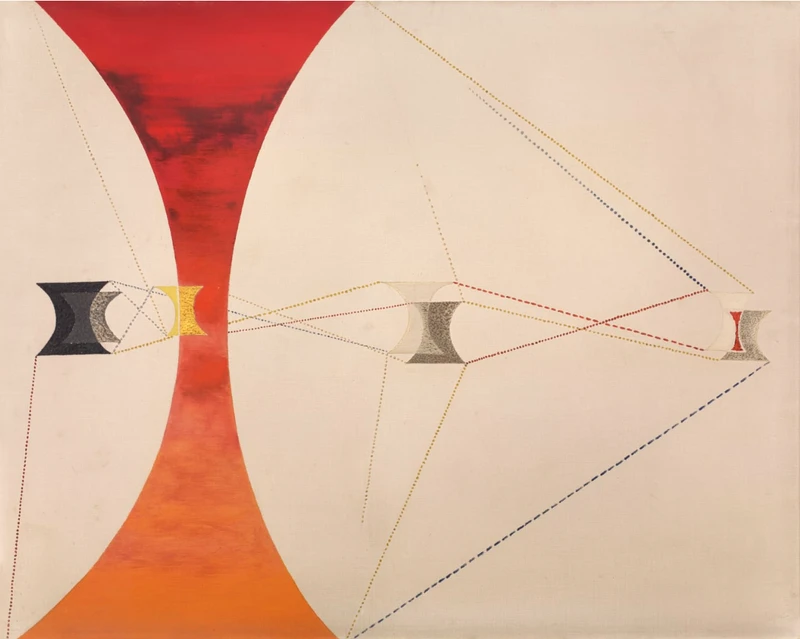László Moholy-Nagy: A New World
26 Sep-2 Nov 2024


Annely Juda Fine Art presents a major exhibition dedicated to the life and work of Hungarian artist László Moholy-Nagy. In collaboration with the Moholy-Nagy Estate and Galerie Minotaure in Paris, this exhibition spotlights the extraordinary breadth of the artist’s artistic career whose ceaseless experimentation and integration of new materials and techniques distinguish him as a visionary proponent of the modern art era. László Moholy-Nagy: A New World offers a profound insight into Moholy-Nagy's extraordinary creative curiosity and discipline, tracing his evolution from early figurative oil landscapes in 1917 to the non-objective masterpieces of his later years.
László Moholy-Nagy: A New World will showcase the two distinct periods of Moholy-Nagy’s life: his formative years in Berlin (1920-23; 1928-1933) and the culmination of his life and teaching in Chicago (1937-1946). The artist relocated to Berlin from Vienna in 1920: there he met photographer Lucia, whom he would marry in 1921. A self-portrait from 1920 reveals Moholy-Nagy’s early aesthetic leanings and classical draftsmanship. Notable in the evolution of the 1920s works, is the profound influence of Constructivism and his liberation from figuration. Bold colours, collage and geometric precision reflect Berlin’s contemporary vibrancy and industrial growth.
This period also marks the beginning of his experimentation with various media. In 1922, the artist and Lucia adopted cameraless photography - placing objects onto light-sensitive paper and varying light exposure, creating their first photograms. Trb1 from 1928 is an early example of the artist’s innovative incorporation of plastic as a material. The flatness and transparency of the medium captivated him, giving rise to the so-called light paintings: “By producing real radiant light effects through transparent dyes on plastic and through other means, one has no need for translating light into colour by painting with pigment"
The latter part of the exhibition transitions to the artist’s years in Chicago. Moholy-Nagy moved to America in 1937 to become Director of the New Bauhaus at the encouragement of Walter Gropius. Works of this period reflect the apex both of his expansion of media and also his graphic freedom, with his Non-Objective compositions. CH for Y Space Modulator 1942 relates to the artist’s seminal kinetic sculpture, Light Prop for an Electric Stage (1930), commonly known as Light-Space Modulator. The composition builds upon the artist’s black and white Lightplay film of his sculpture, capturing the nuances of light and mechanics on a dramatic scale and in a re-imagined maze of line, texture and colour.
Annely Juda Fine Art has enjoyed a long relationship with the Moholy-Nagy Estate. In 2004, the gallery hosted a major solo exhibition of his work, the first in the UK since 1980. This current exhibition will travel to Galerie Le Minotaure in Paris in Spring 2025.
a visionary proponent of the modern art era. László Moholy- Nagy: A New World offers a profound insight into Moholy-Nagy’s extraordinary creative curiosity and discipline, tracing his evolution from early figurative oil landscapes in 1917 to the non-objective masterpieces of his later years.